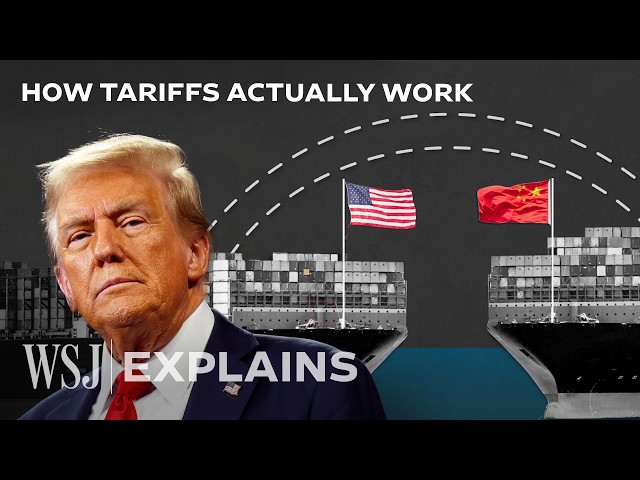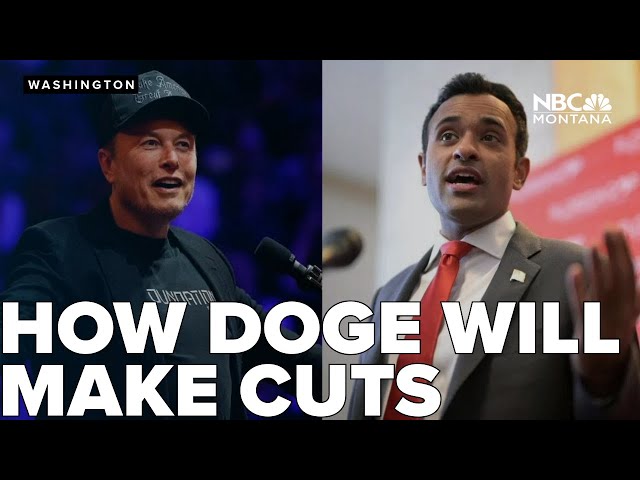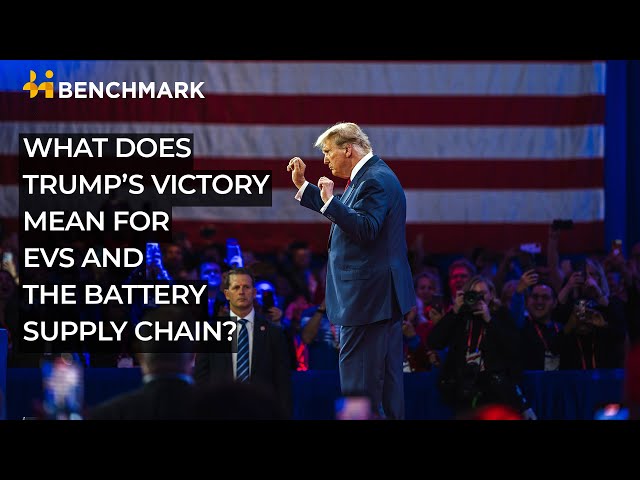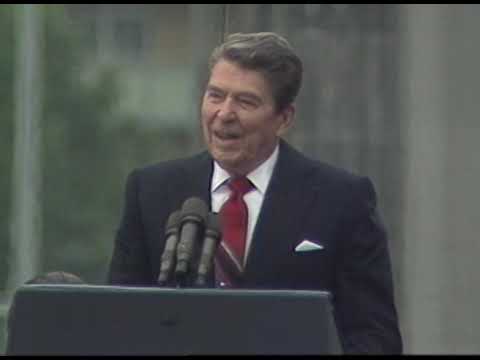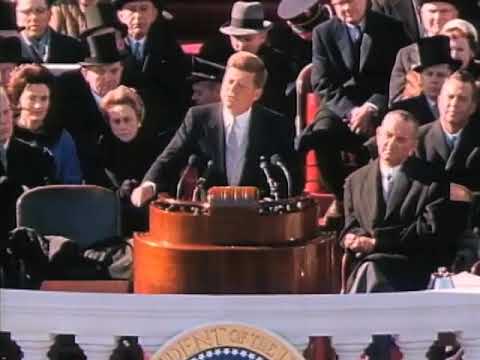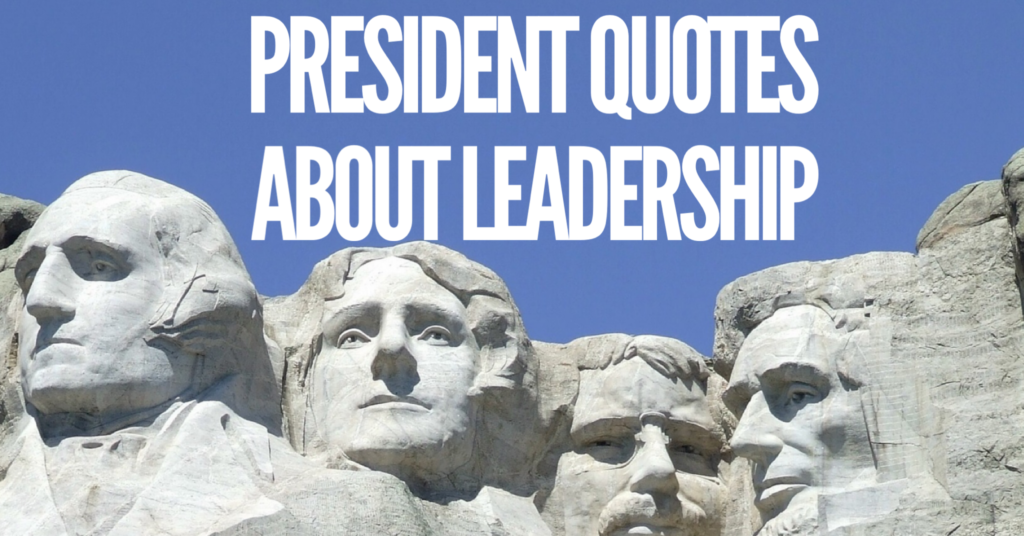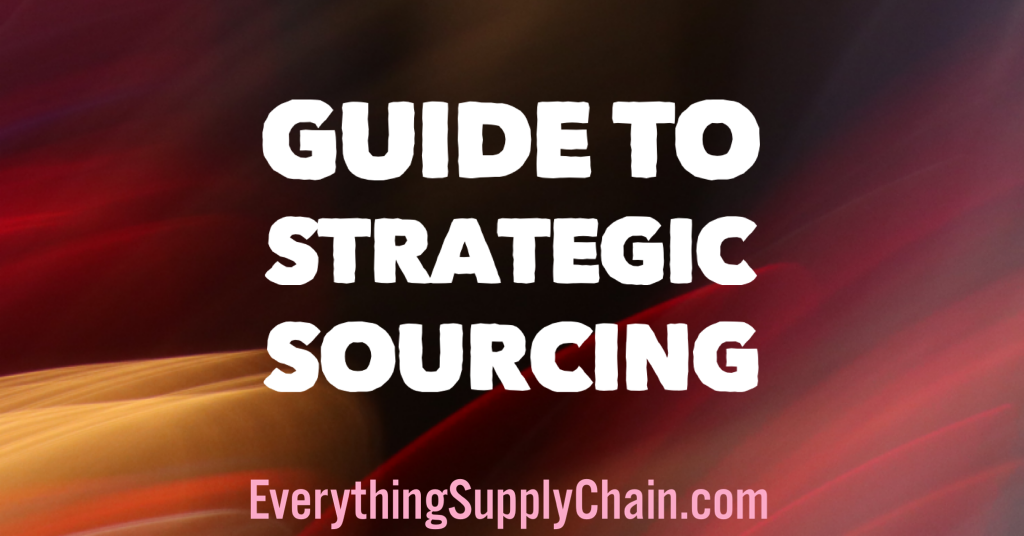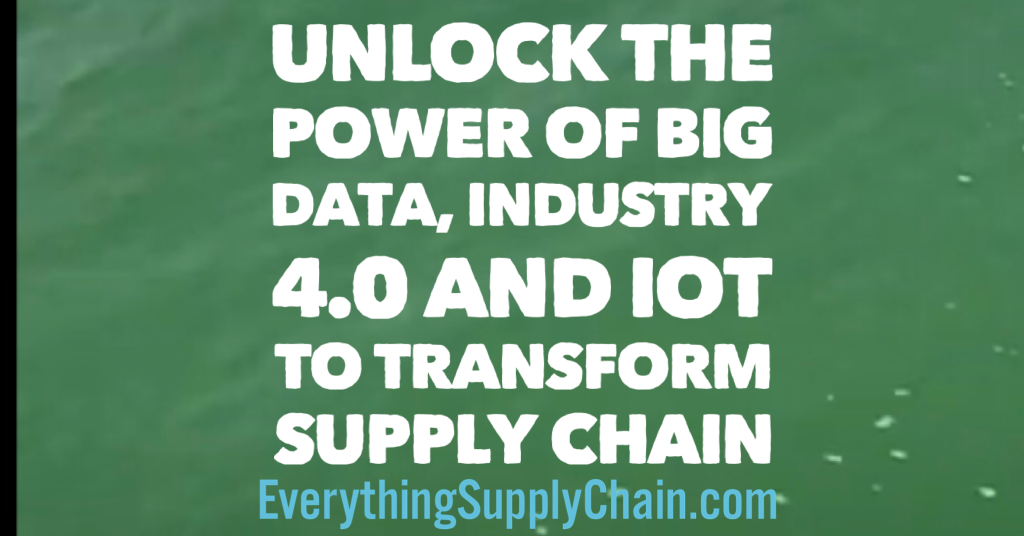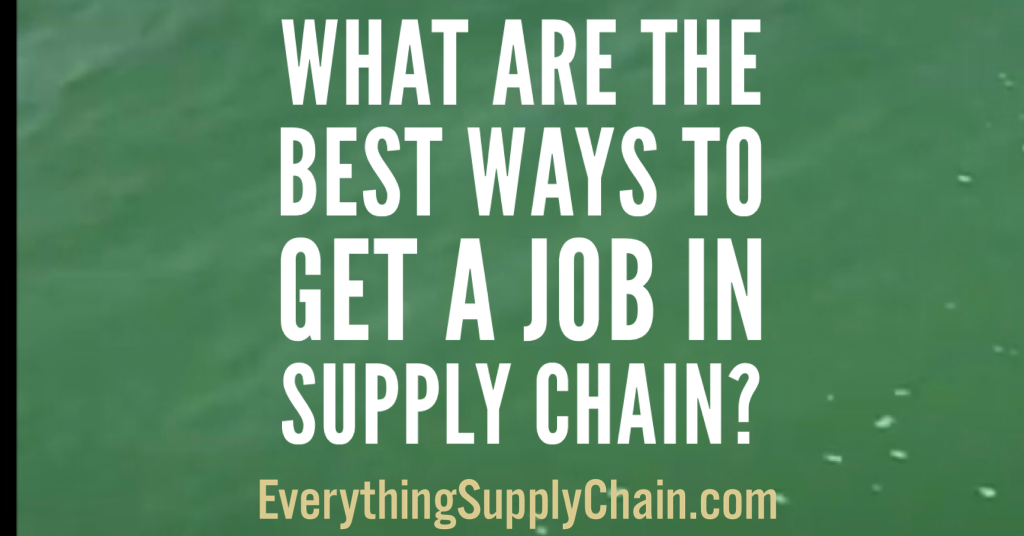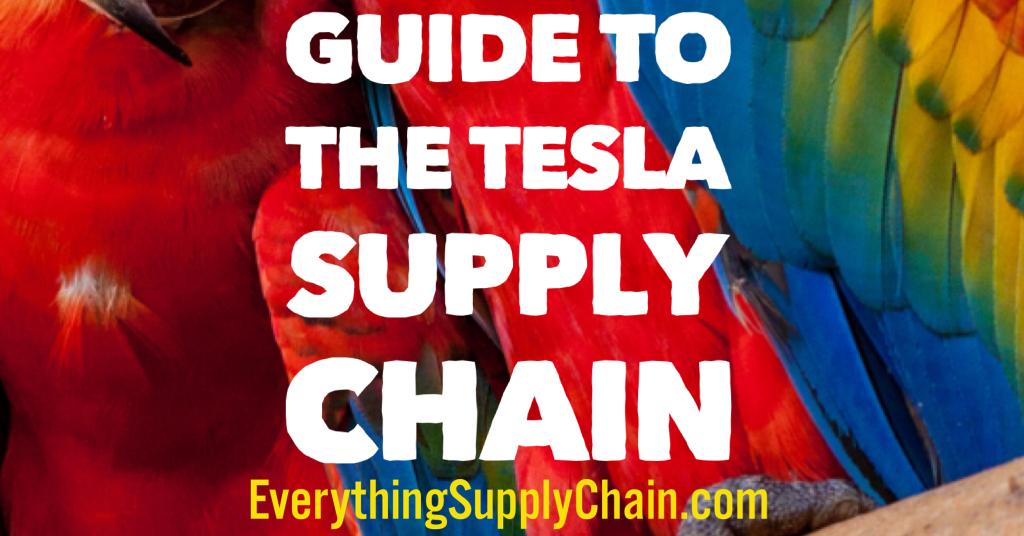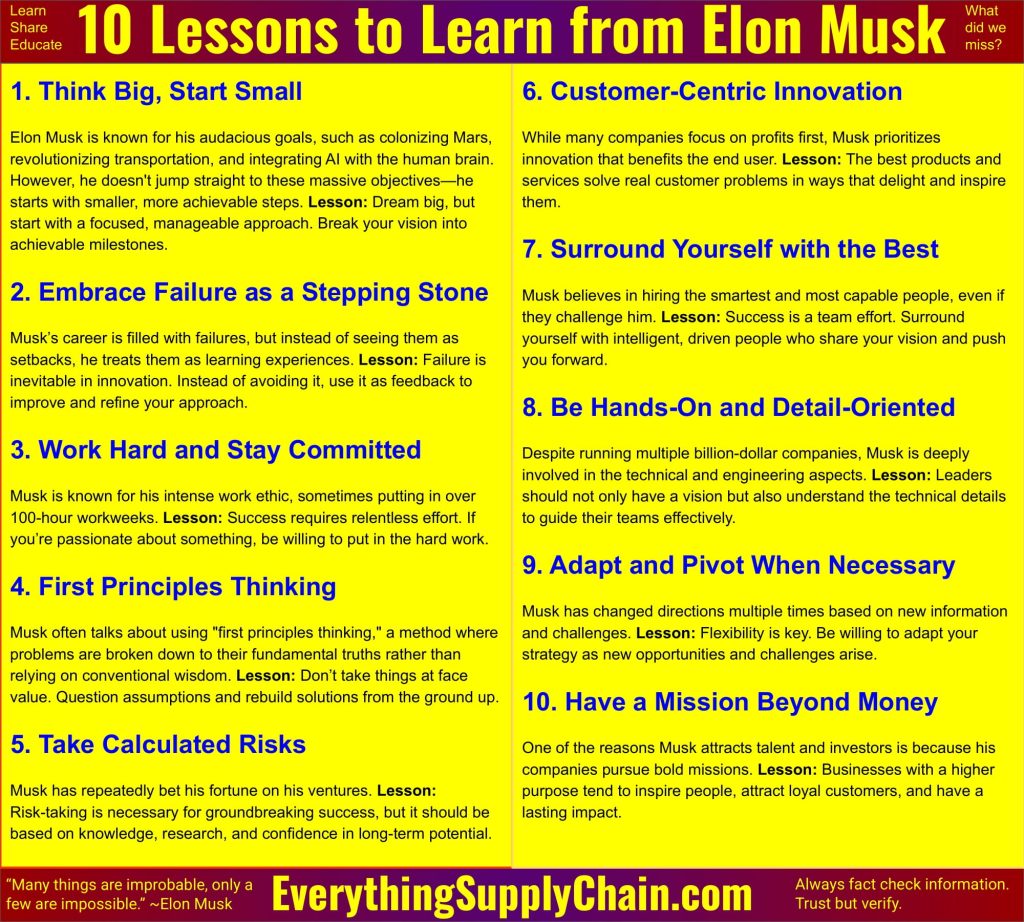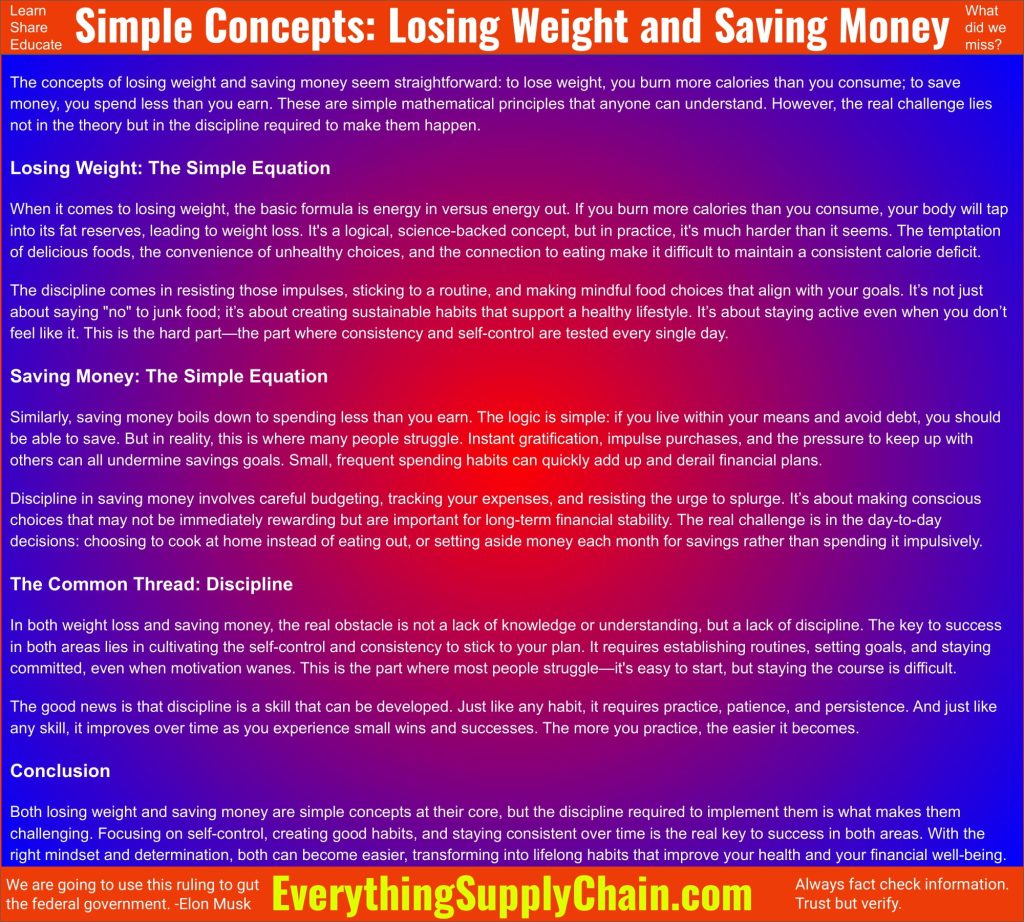Trump vs Biden: Supply Chain Analogy.
To explain the differences between Donald Trump and Joe Biden using a supply chain analogy, we can break down key policy and leadership approaches into distinct elements of a supply chain: inputs, processes, and outputs.
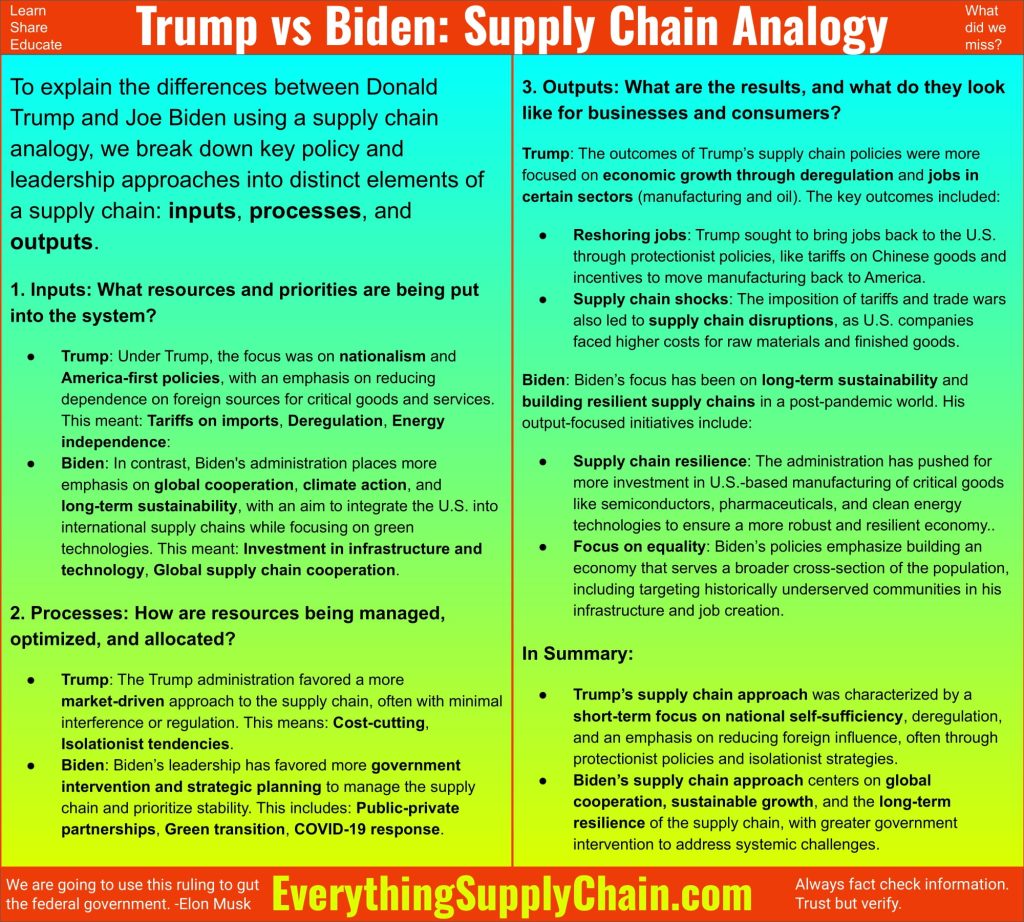
Further Details:
1. Inputs: What resources and priorities are being put into the system?
- Trump: Under Trump, the focus was on nationalism and America-first policies, with an emphasis on reducing dependence on foreign sources for critical goods and services. This meant:
- Tariffs on imports: Trump imposed tariffs on steel, aluminum, and Chinese goods, attempting to reduce imports and encourage U.S. manufacturing.
- Deregulation: Trump aimed to reduce bureaucratic hurdles that might slow down economic activities, including environmental regulations that he viewed as burdensome for businesses.
- Energy independence: Trump pushed for policies that would promote the domestic production of oil and gas, aiming to make the U.S. less reliant on foreign energy.
- Biden: In contrast, Biden’s administration places more emphasis on global cooperation, climate action, and long-term sustainability, with an aim to integrate the U.S. into international supply chains while focusing on green technologies. This meant:
- Investment in infrastructure and technology: Biden’s approach involved massive investments in clean energy, electric vehicles, and modernizing infrastructure to foster long-term resilience and reduce environmental impacts.
- Global supply chain cooperation: Biden’s team has worked to strengthen international alliances, notably with Europe and Asia, to address global supply chain issues (e.g., semiconductor shortages) and security challenges.
2. Processes: How are resources being managed, optimized, and allocated?
- Trump: The Trump administration favored a more market-driven approach to the supply chain, often with minimal interference or regulation. This means:
- Cost-cutting: His administration sought to reduce taxes and regulations for businesses, encouraging a free-market approach to managing the supply chain.
- Isolationist tendencies: While Trump did support some domestic investment, his approach involved turning away from multilateral trade deals (e.g., withdrawal from the Trans-Pacific Partnership) and pulling out of international agreements, which could disrupt global supply chain flows.
- Biden: Biden’s leadership has favored more government intervention and strategic planning to manage the supply chain and prioritize stability. This includes:
- Public-private partnerships: Biden’s team advocates for public-private collaborations to secure critical infrastructure, like semiconductor production or clean energy.
- Green transition: A large part of Biden’s supply chain approach includes investing in green technologies, such as solar energy and electric vehicles, while encouraging the transition to a sustainable economy through subsidies, tax incentives, and direct federal investments.
- COVID-19 response: Under Biden, the government took a more active role in managing supply chain disruptions caused by the pandemic, from securing personal protective equipment (PPE) to ensuring vaccine distribution.
3. Outputs: What are the results, and what do they look like for businesses and consumers?
- Trump: The outcomes of Trump’s supply chain policies were more focused on economic growth through deregulation and jobs in certain sectors (like manufacturing, coal, and oil). The key outcomes included:
- Reshoring jobs: Trump sought to bring jobs back to the U.S. through protectionist policies, like tariffs on Chinese goods and incentives to move manufacturing back to America.
- Short-term economic boom: His policies did lead to a tax-cut-driven economic growth period, with a strong stock market and low unemployment prior to the pandemic.
- Supply chain shocks: The imposition of tariffs and trade wars with countries like China also led to supply chain disruptions, as U.S. companies faced higher costs for raw materials and finished goods.
- Biden: Biden’s focus has been on long-term sustainability and building resilient supply chains in a post-pandemic world. His output-focused initiatives include:
- Supply chain resilience: The administration has pushed for more investment in U.S.-based manufacturing of critical goods like semiconductors, pharmaceuticals, and clean energy technologies to ensure a more robust and resilient economy in the face of future global disruptions.
- Focus on equality: Biden’s policies emphasize building an economy that serves a broader cross-section of the population, including targeting historically underserved communities in his infrastructure and job creation initiatives.
- Environmental and labor standards: Biden aims to tie new jobs and industries to higher environmental standards and labor rights, creating a more sustainable and equitable supply chain framework.
In Summary:
- Trump’s supply chain approach was characterized by a short-term focus on national self-sufficiency, deregulation, and an emphasis on reducing foreign influence, often through protectionist policies and isolationist strategies.
- Biden’s supply chain approach centers on global cooperation, sustainable growth, and the long-term resilience of the supply chain, with greater government intervention to address systemic challenges like climate change, technology gaps, and infrastructure.
The differences between Trump and Biden in this context reflect broader ideological divides on government involvement, global vs. domestic priorities, and the role of sustainability in economic growth.
Supply Chain Quotes
- “First rule in government spending: why build one when you can have two at twice the price?” ~Carl Sagan
- “On matters of style, swim with the current, on matters of principle, stand like a rock.” ~Thomas Jefferson
- “Many supply chains are perfectly suited to the needs that the business had 20 years ago.” ~Jonathan Byrnes
- “The real goal should be reduced government spending, rather than balanced budgets achieved by ever rising tax rates to cover ever rising spending.” ~Thomas Sowell
- “Supply Chain is like nature; it is all around us.” ~Dave Waters
- “Government’s view of the economy could be summed up in a few short phrases: If it moves, tax it. If it keeps moving, regulate it. And if it stops moving, subsidize it.” ~Ronald Reagan
- “Leadership and learning are indispensable to each other.” ~John F. Kennedy
- “In a global economy where our economies and supply chains are deeply integrated, it’s not even possible.” ~Barack Obama
- “It is a popular delusion that the government wastes vast amounts of money through inefficiency and sloth. Enormous effort and elaborate planning are required to waste this much money.” ~P. J. O’Rourke
- “In the end, it’s not the years in your life that count. It’s the life in your years” ~Abraham Lincoln
- “You will not find it difficult to prove that battles, campaigns, and even wars have been won or lost primarily because of logistics.” ~General Dwight D. Eisenhower
- “Government is not a solution to our problem government is the problem.” ~Ronald Reagan
Supply Chain and Government Resources
- “Ask not what your country can do for you…” President Kennedy’s Speech
- Department of Government Efficiency (DOGE): Elon Musk. Good or bad?
- First Principles: Elon Musk Method of Thinking.
- How Tariffs Impact Supply Chain.
- Mr. Gorbachev, tear down this wall! President Ronald Reagan
- President Quotes about Leadership
- Pros and Cons of Higher Tariffs. Good or Bad for the Economy?
- What to expect from Elon Musk’s Department of Government Efficiency?
